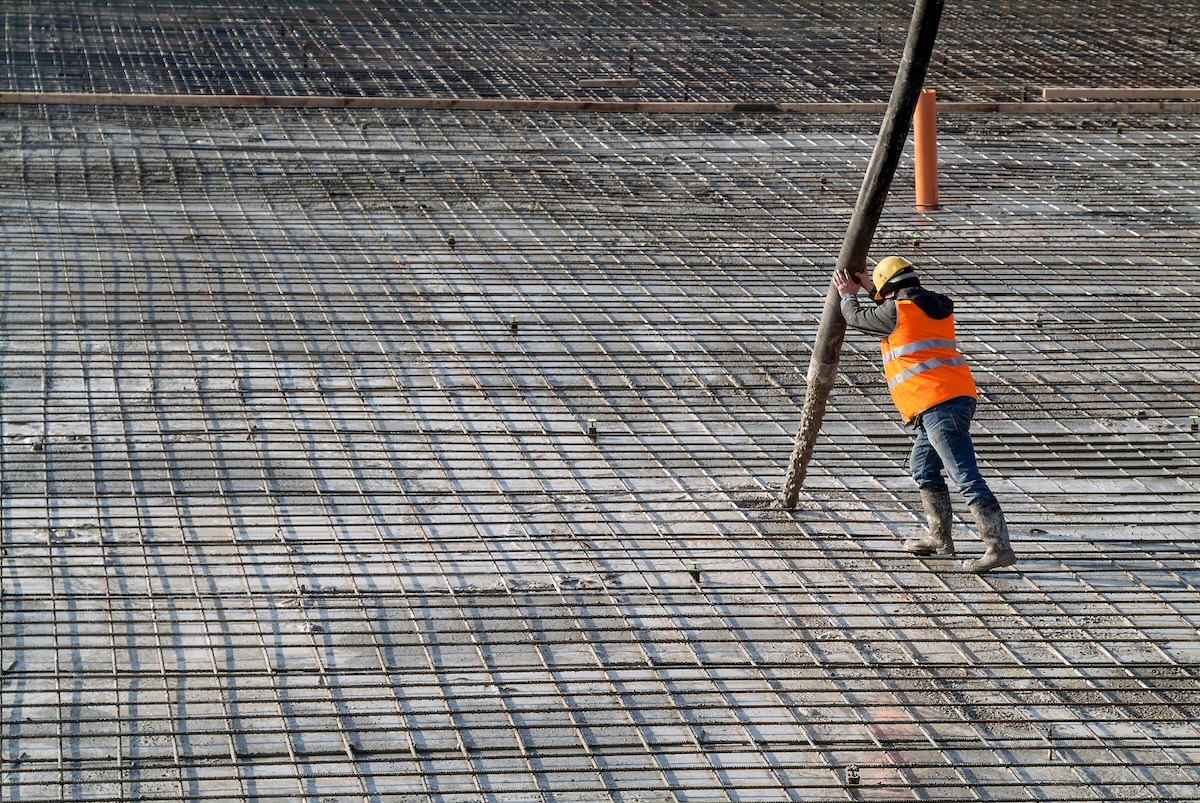In the big picture, each construction company’s choice of materials plays a crucial role in shaping the future of our built environment. Eco cement and traditional cement are two distinct products with different implications for sustainability, performance, and cost.
Understanding the differences between these two types of cement is essential for making informed decisions that align with today’s environmental standards while living up to project requirements.
Find out why it’s important to utilize environmentally-friendly cement in your projects and how this type of cement can be more beneficial than traditional cement.
Comparing Eco Cement and Traditional Cement
At its core, the primary difference between eco cement and traditional cement lies in their environmental impact and the raw materials used in their production.
Traditional cement, which is primarily Portland cement, is made by heating limestone and clay to extremely high temperatures. This process releases a significant amount of carbon dioxide (CO2) into the atmosphere. This CO2 emission is one of the largest contributors to global greenhouse gas emissions which makes traditional cement a less sustainable choice.
By comparison, eco cement is designed to reduce the environmental footprint of cement production. It achieves positive results by incorporating industrial byproducts like fly ash, slag, and silica fume as partial replacements for traditional cement ingredients.
Additionally, environmentally-friendly cement often requires lower firing temperatures during production which further reduces energy consumption and CO2 emissions. Using industrial byproducts leads to less waste and helps conserve natural resources that would have been used in traditional cement production.
Pros and Cons of Traditional Cement vs. Eco Cement
Knowing the pros and cons of both types of cement can help you make an informed decision for your next project.
Pros of Traditional Cement
1. Proven durability: Traditional cement has been the industry standard for over a century, offering proven strength and durability in various construction applications.
2. Widespread availability: Due to its long-standing use, traditional cement is widely available and supported by an extensive supply chain, making it easily accessible for construction projects worldwide.
3. Cost-effective: Traditional cement may still be the most cost-effective choice for certain projects, particularly for large-scale projects where budget constraints are significant.
Cons of Traditional Cement
1. High carbon footprint: The production of traditional cement is energy-intensive and generates significant CO2 emissions, contributing to environmental concerns.
2. Resource-intensive: The production process requires large quantities of raw materials, such as limestone and clay, which can lead to resource depletion and habitat destruction over time.
Pros of Eco Cement
1. Reduced environmental impact: By incorporating industrial byproducts and reducing energy consumption during production, this type of cement significantly lowers its carbon footprint, making it a more sustainable choice.
2. Resource efficiency: This cement often utilizes waste materials that would otherwise be discarded, reducing dependence on precious raw materials.
3. High innovation potential: The development and use of eco cement encourage innovation within the construction industry, leading to new techniques and materials that can further enhance sustainability.
Cons of Eco Cement
1. Higher initial costs: While this type of cement offers long-term environmental benefits, it can be more expensive upfront because of its specialized processes and the materials involved in its production.
2. Limited availability: Environmentally-friendly cement may not be as widely available as traditional cement, potentially leading to challenges in sourcing the material for specific projects.
Fortunately, SESCO Cement has you covered for your eco cement needs. We offer eco-friendly cement that supports the specifications of your project. We specifically developed a form of cement that serves as an eco-friendly alternative to traditional concrete.
This green cement is tailored for immediate use in manufacturing settings, ensuring that the product’s environmental benefits begin at the earliest phase of concrete production.
SESCO Knows Eco Cement
The choice between eco cement and traditional cement ultimately depends on the specific needs and goals of a construction project. Knowing the differences between the two can assist in your environmental goals or help to satisfy budget concerns for each project.
At SESCO Cement, we are working hard to bring eco-friendly cement options to market scale supply to support your company’s project needs. Get in touch with our team today to learn how we can help with your next job.
